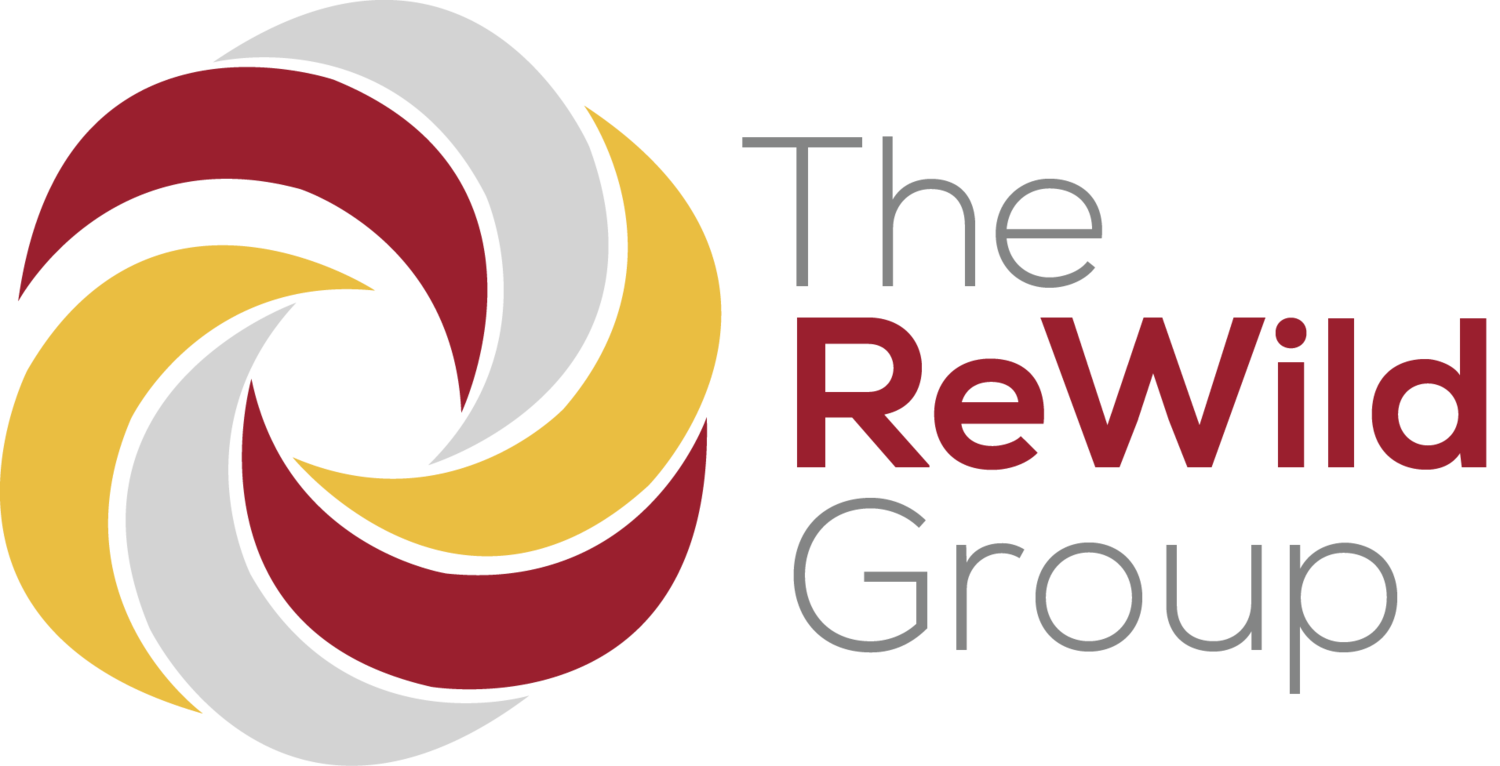
The Growth Groups Difference
What Makes Growth Groups Different From CEO Peer Groups?
Organizational ReWilding Growth Groups and standard CEO peer groups (e.g., Vistage, Entrepreneurs’ Organization, The Alternative Board) both offer business leaders opportunities to collaborate, learn, and grow, but they differ significantly in structure, focus, and approach. Here’s a breakdown of the key differences based on their underlying philosophies and execution:
Framework and Structure
Organizational ReWilding Growth Groups: These CEO peer groups are built on a structured, research-backed framework called Organizational ReWilding, derived from decades of studying over 1,500 small and midsize businesses. The curriculum is cohesive and follows a proven roadmap tailored to a business’s specific Stage of Growth. Meetings occur monthly, with a mix of 3-hour and 6-hour sessions over an 18-month program that delivers improvement to a business each month — changes that compound over time. Furthermore, participants leave the with a tailored 12-month Growth Plan.
Standard CEO Peer Groups: These typically lack a unified framework and operate as ongoing, open-ended forums without a set endpoint. Meetings are often monthly and facilitated, but the content can vary widely, driven by member experiences, guest speakers, or case-study-style discussions. The structure tends to be less rigid, with topics shifting based on group needs or trends, which can lead to a more ad-hoc approach. All participants receive the same instruction, regardless of the size or complexity of the organization.
Purpose and Outcomes
Organizational ReWilding Growth Groups: The primary goal is to equip participants with actionable principles, tools, and strategies to address their business’s specific growth challenges. Participants work ON their businesses during and between sessions, applying concepts that impact the strategies, culture, and infrastructure of the organization. Participants experience improvements in the business throughout the program and conclude with a customized, practical deliverable—a Growth Plan—designed to drive long-term, sustainable progress.
Standard CEO Peer Groups: These groups emphasize peer support, networking, and idea-sharing to provide perspective and reduce isolation. While valuable insights can emerge, the focus is often on general leadership development or immediate problem-solving rather than a tailored, systematic growth strategy. Outcomes are less defined, often depending on the group’s dynamic and the participant’s ability to extract and apply advice.
Facilitation and Expertise
Organizational ReWilding Growth Groups: Led by Certified ReWilders—trained facilitators with expertise in the Organizational ReWilding methodology—these groups benefit from consistent, professional guidance. The facilitator ensures the group stays on track with the curriculum, while optional coaching with participant’s management team between sessions enhances the rate of adoption of new ideas. The ReWild Learning System (videos, activities, and application) further accelerates understanding and implementation.
Standard CEO Peer Groups: Facilitation varies widely—some groups use professional facilitators, while others rely on member-led discussions or external speakers. The expertise brought to the table is typically experiential, drawn from the group’s collective knowledge, rather than a standardized methodology. This can lead to rich diversity but also inconsistency in depth or direction.
Depth of Impact
Organizational ReWilding Growth Groups: These groups aim for deep, lasting change on the organization by addressing underlying systemic issues (e.g., aligning with stage-specific best practices, addressing root causes of challenges, removing recurring obstacles). The holistic approach considers the entire business ecosystem, creating ripple effects across operations, culture, and leadership. It’s less about quick fixes and more about building resilience and independence over time.
Standard CEO Peer Groups: The impact may be broader but shallower, focusing on immediate challenges or high-level insights. While participants may gain inspiration or solve specific problems, the lack of a cohesive framework can limit the ability to tackle deeper, structural issues consistently across all members’ businesses. These groups tend to focus on the development of the leader.
Community vs. Application
Organizational ReWilding Growth Groups: While community is a component, the emphasis is on practical application. Participants are expected to make progress each month on specific tasks and report back on progress, fostering accountability within a supportive group. The priority is on implementing the roadmap in their own organizations, while benefitting from collaboration with their peers using common language provided by the framework.
Standard CEO Peer Groups: Community and camaraderie are central, offering a safe space for CEOs to share struggles and successes. The value often lies in the emotional support and diverse perspectives, though practical application depends on the participant’s initiative to act on peer advice outside the group.
Organizational ReWilding Growth Groups are a structured, methodology-driven alternative to standard CEO peer groups, prioritizing a tailored, hands-on approach to business growth over an 18-month period. They’re ideal for leaders seeking a clear, predictable path to growth their business. Standard CEO peer groups, by contrast, offer flexibility, ongoing support, and a broader exchange of ideas, suiting those who value community and varied input over a prescribed process. The choice depends on whether you’re looking for a systematic growth solution or a collaborative sounding board.
